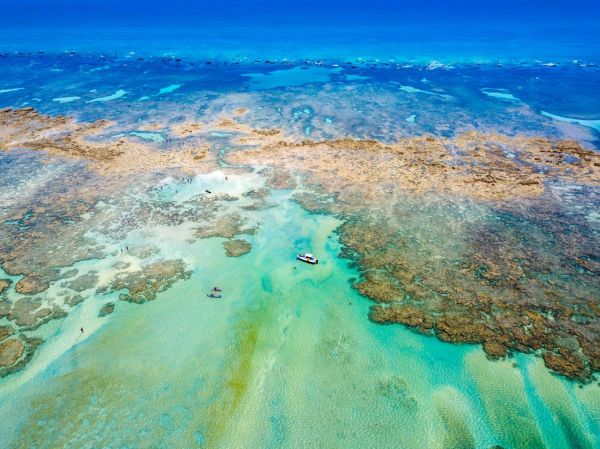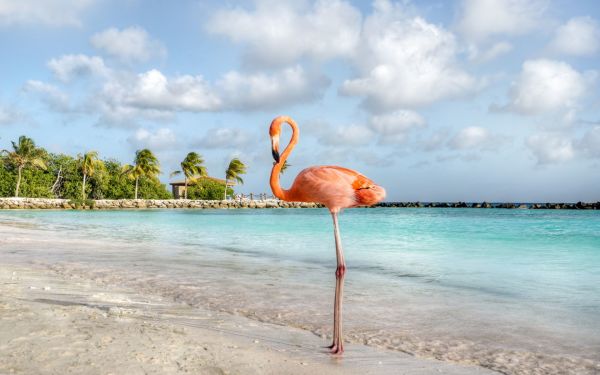How to travel by plane with pets from Chile

You choose your next destination, book your flight, pack your luggage, and look down: there he is, your furry best friend, and you wonder if he'll be part of your next adventure . Traveling by plane with pets from Chile to other countries might seem like a challenge, but it's possible as long as you ensure that both you and your faithful companion have a safe and comfortable travel experience .
In today's era of tourism, airlines have adapted their services so that dogs and cats can also accompany us on our trips , both domestic and international, a commitment that requires planning and care.
It is essential to comply with the requirements set by airlines and destination countries to ensure the well-being of pets and avoid problems during travel . Furthermore, just like people, pets can also access travel insurance that covers veterinary care for accidents or illnesses , providing an additional layer of security and peace of mind.
Requirements for traveling by plane with pets
Airlines have specific policies for transporting pets, which generally include restrictions on the size, weight, and health status of the animals.
Here we highlight the main points to consider :
Traveling by plane with pets in the cabin . Pets can travel in the cabin of an airplane as long as they meet certain requirements. They must be in good health, at least 16 weeks old, and not be sedated. Additionally, they must fit comfortably inside a carrier or kennel that meets the dimensions specified by the airline.
For example, on LATAM Airlines , your pet must be able to stand upright inside the carrier and move and turn naturally without touching the sides. The maximum dimensions for the carrier or kennel are: 36 cm long, 33 cm wide, and 19 cm high if it has a rigid structure; or 40 cm long x 28 cm wide and 25 cm high if it is a soft-sided carrier.

Traveling by plane with pets in the cargo hold . For animals that don't meet the requirements to travel in the cabin, there is the option of traveling in the cargo hold. However, there are also specific conditions that must be met, such as the maximum weight allowed and the type of kennel or carrier required.
In this case, in Latin America, the maximum weight (total sum of your pet and the kennel) is 45 kg / 99 lb, or up to 32 kg / 70 lb if you are traveling to, from, or via Europe and Argentina. Additionally, the maximum dimensions of the kennel are 300 cm (length + width + height) with a maximum height of 115 cm. The distance between your pet's head and the roof must be at least 5 cm.
Considerations for traveling by plane with pets
It's crucial to highlight something about airline requirements: If your pet doesn't meet all the size and container conditions described above, it won't be allowed to travel . Each airline has its own conditions for the different destinations it serves, so the best advice is to contact your travel agent beforehand to clarify and confirm these conditions .

In addition to airline requirements, it's important to consider the restrictions and regulations of your destination country regarding pets . Each country may have its own health regulations, so it's essential to research and prepare in advance to avoid problems upon arrival.
The process for requesting pet transport varies by airline, but it can generally be done online, at sales offices, or by contacting customer service by phone. It is crucial to make this request in advance, especially for international travel , to guarantee space availability on the plane and meet all established requirements. Pet spaces are limited per flight.
Recommendations for your furry friend
- Consult your veterinarian : Before planning to travel by plane with pets, talk to your veterinarian. They can provide specific advice based on your pet's individual health and needs. They can also provide important documentation, such as health certificates and vaccination records, that may be required for travel.
- Suitable carrier or kennel : Use a carrier or kennel that meets airline regulations and is spacious enough for your pet to move around comfortably. Make sure it is labeled with your contact information and your pet's identification information.
- Pre-trip training : If your pet isn't used to traveling in a carrier, it's important to train them before the trip. Help them associate it with positive and comfortable experiences, and gradually increase the amount of time they spend inside the carrier.
- Do not feed your pet before the flight : Avoid giving your pet food a few hours before the flight to prevent possible problems with motion sickness and vomiting during the trip.

- Hydration : Make sure your pet is well hydrated before the flight. Some airlines allow you to place a water bowl in the kennel, but check the airline's policies before doing so.
- Identification : Make sure your pet is wearing up-to-date identification with your contact information, in case it gets lost during the trip.
- Consider your pet's emotional well-being : Some pets may experience anxiety or stress during travel. Talk to your veterinarian about options to help calm your pet, such as synthetic pheromones or prescription medications.
- Post-travel monitoring : After the flight, observe your pet closely for any signs of discomfort or stress. If you notice any health problems, seek veterinary care as soon as possible.
You might also be interested in: 5 trendy restaurants in Lima you can't miss




















